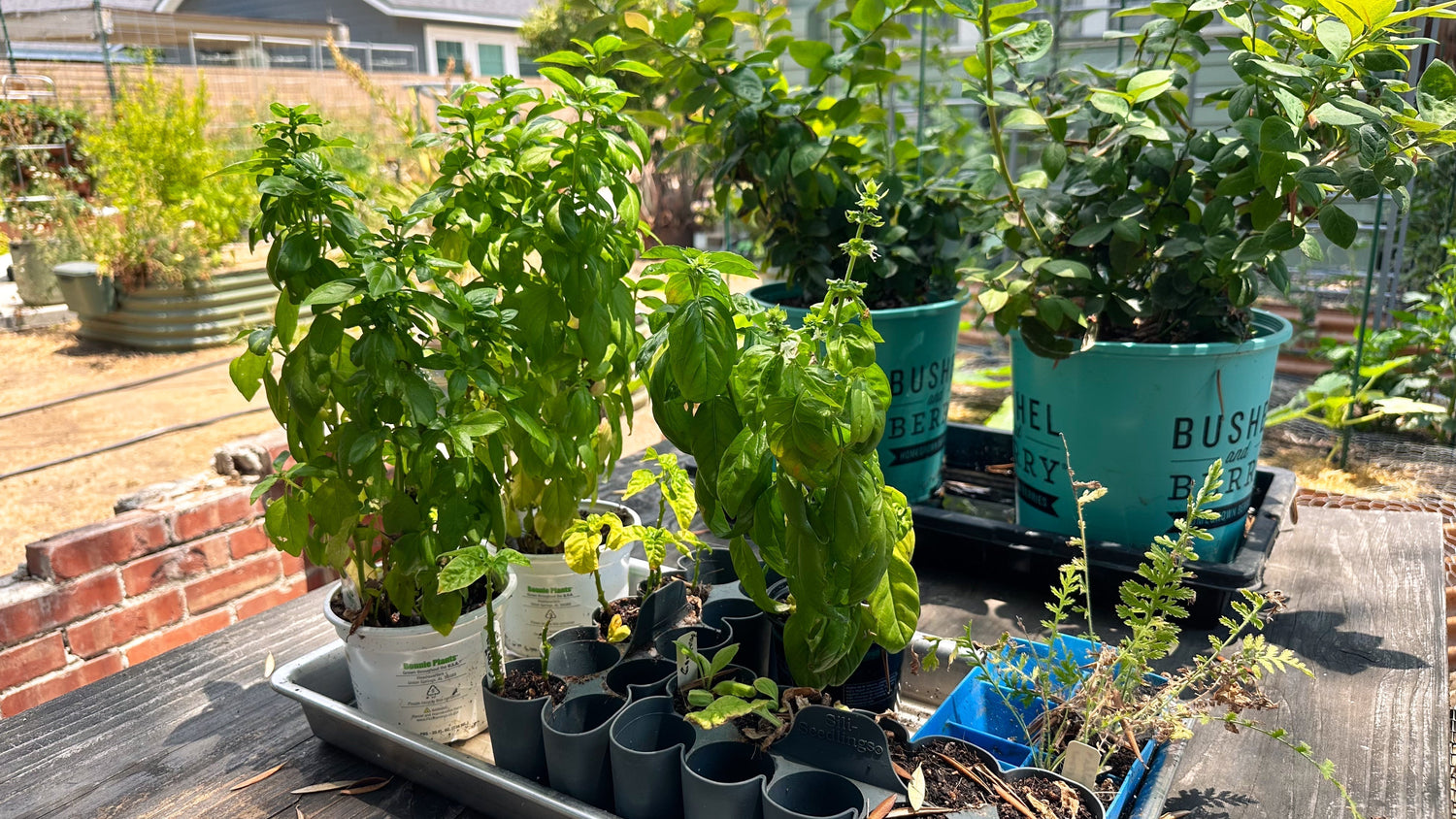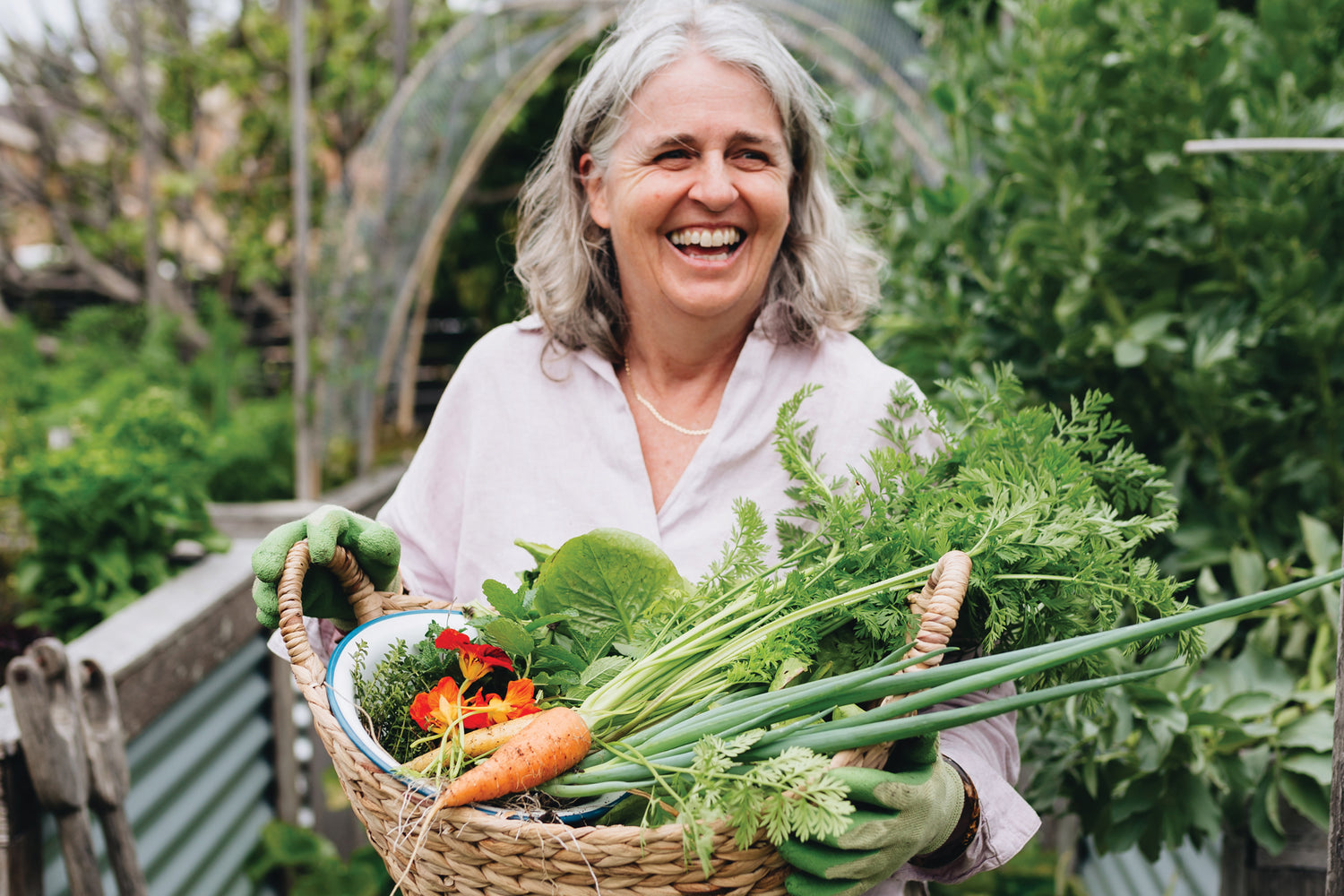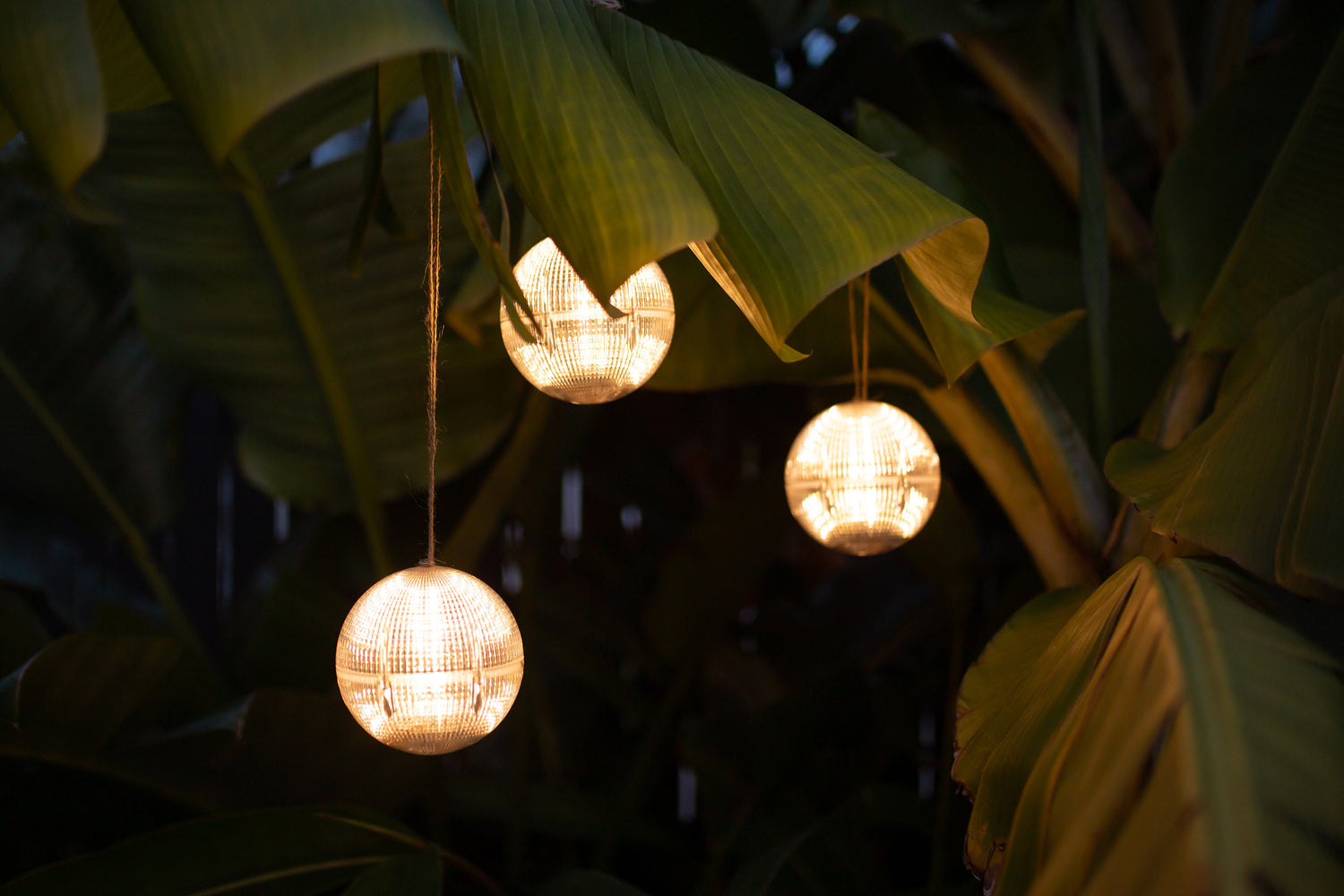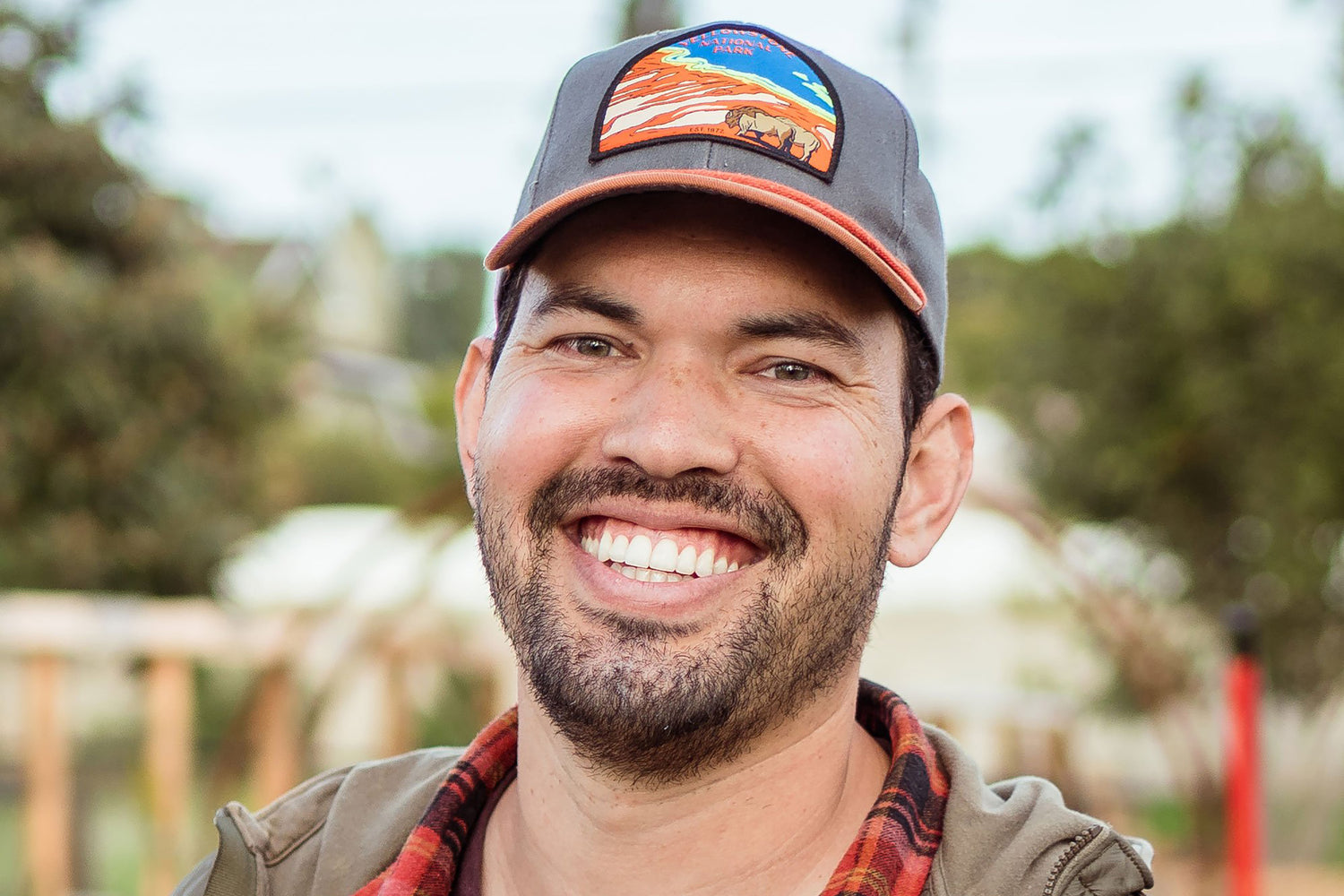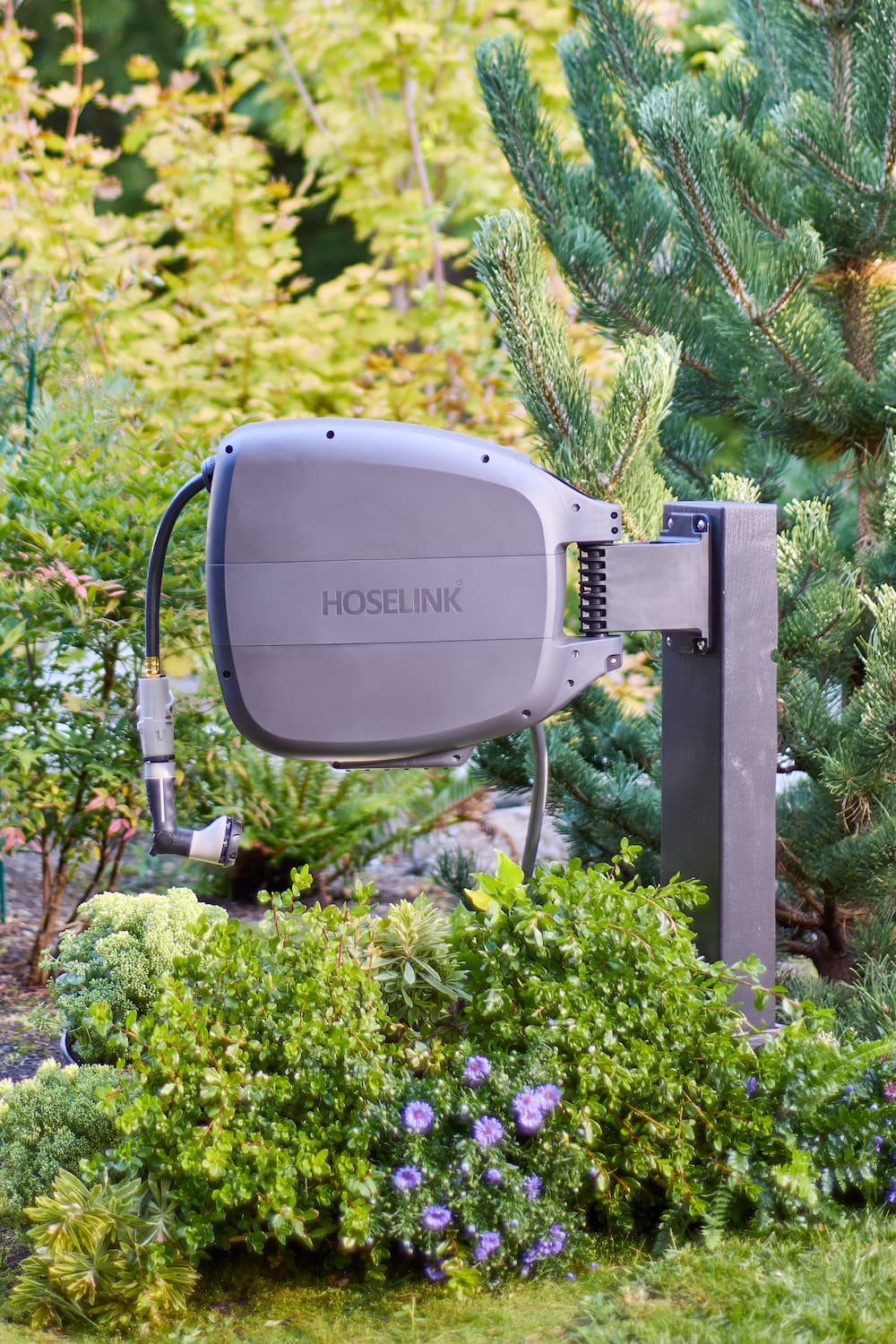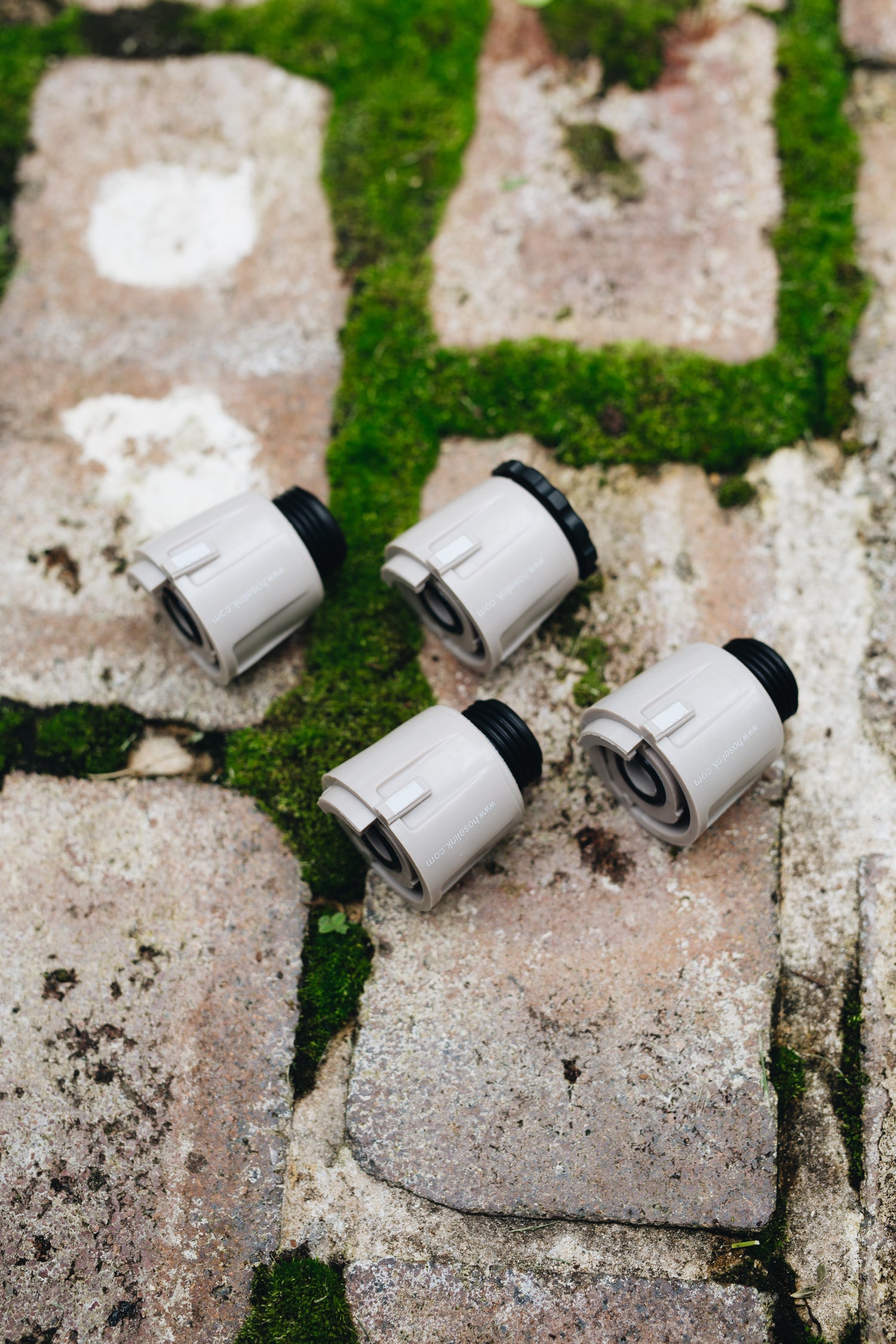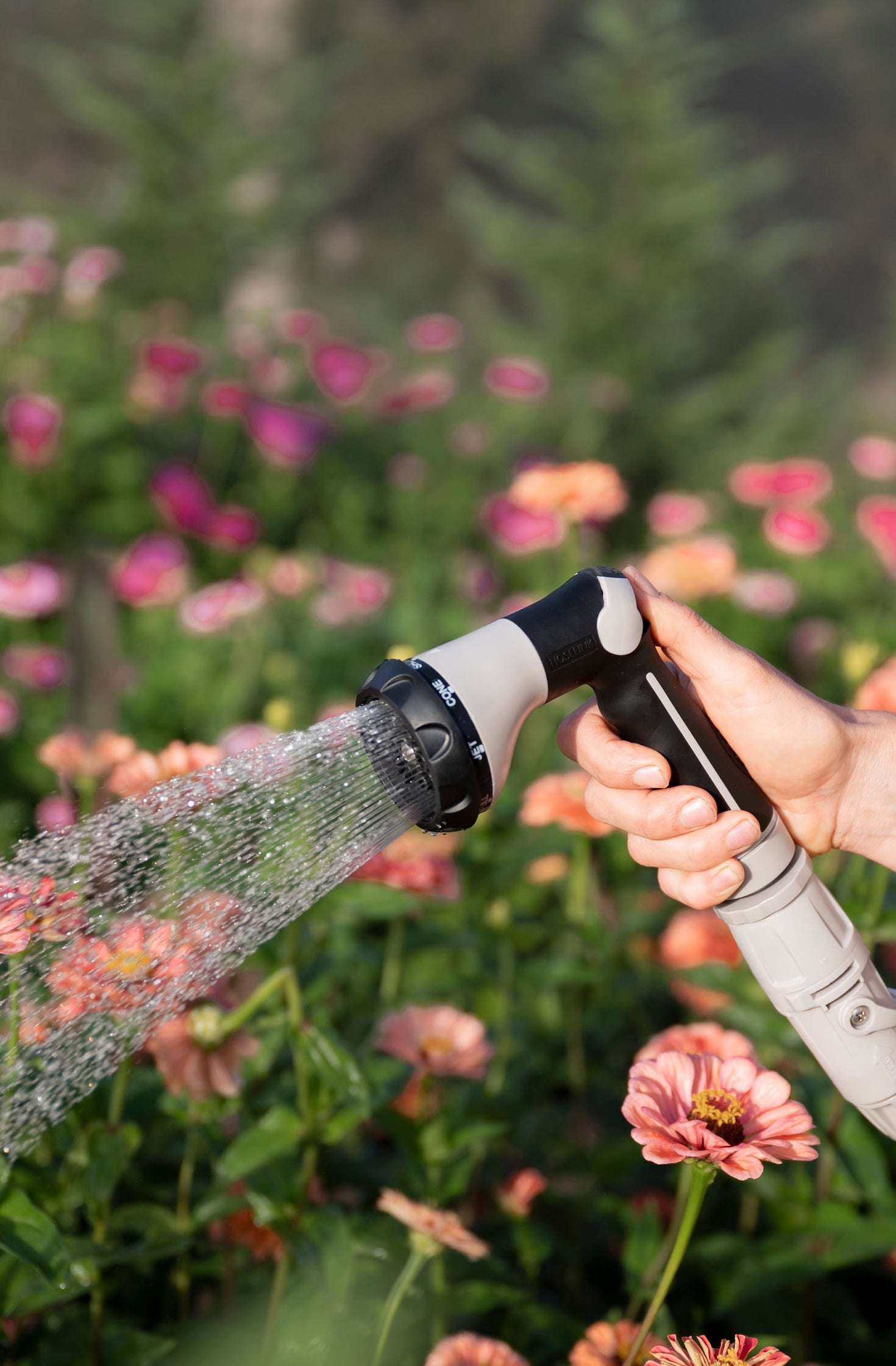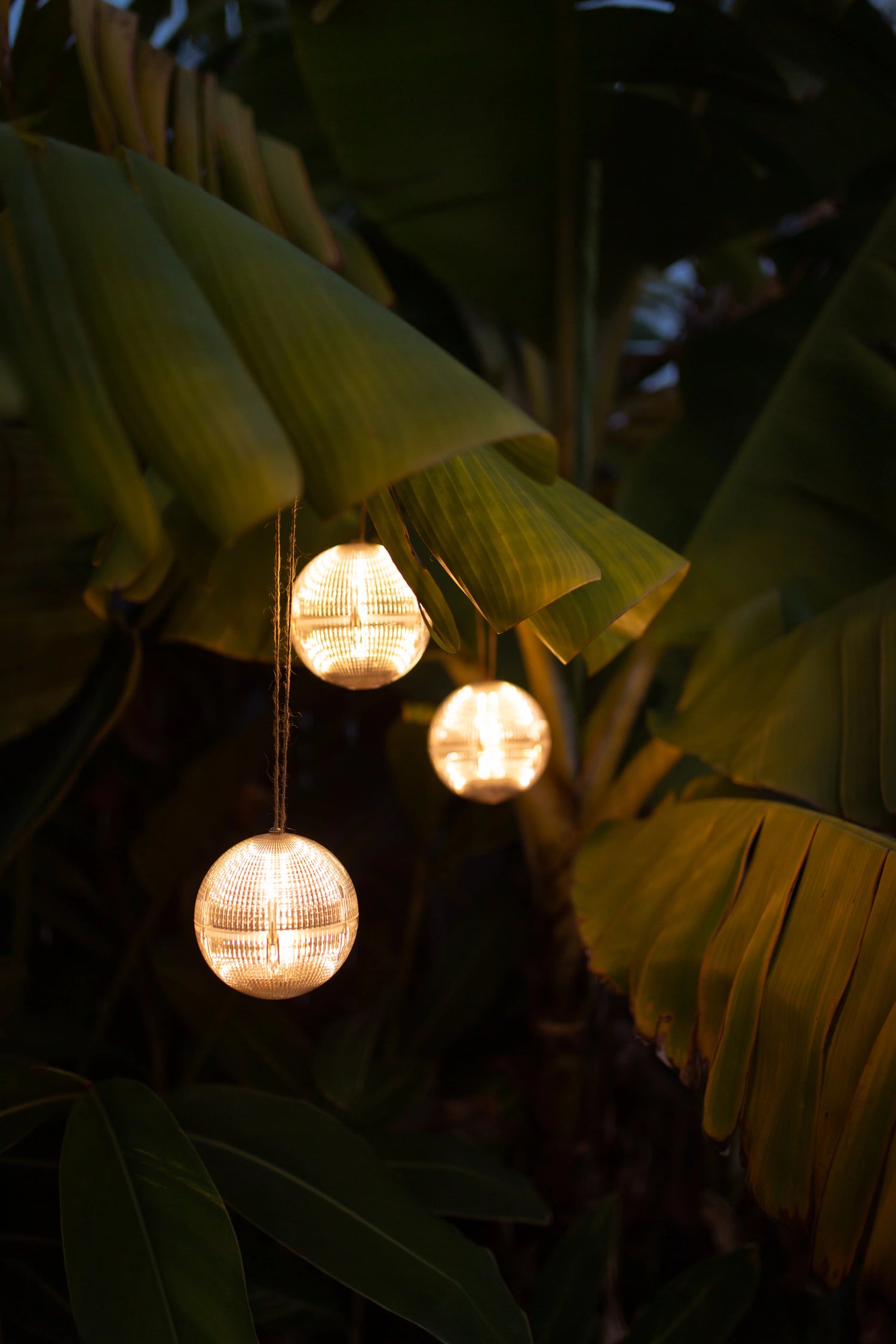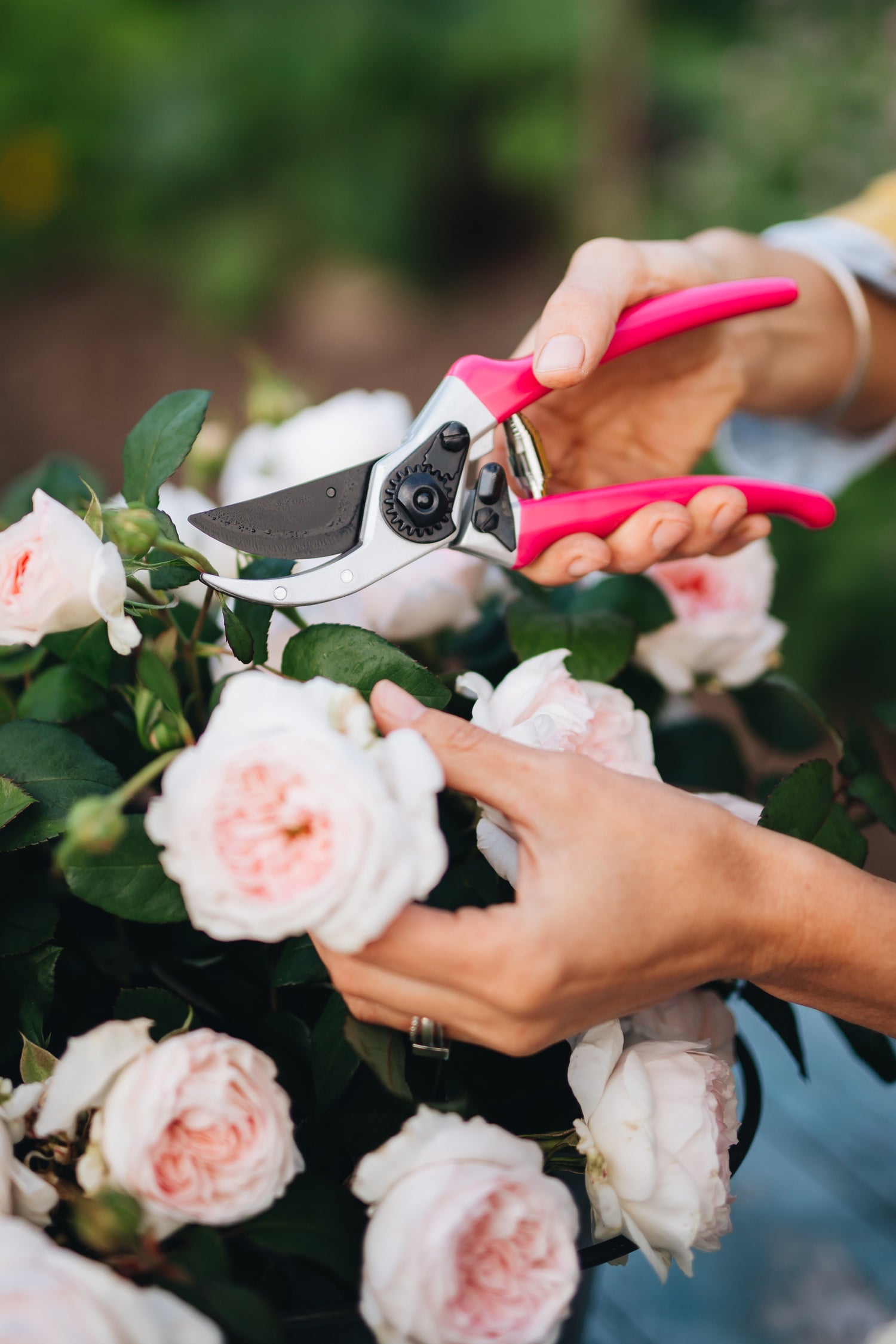Gardening in July, here in Zone 10A, is kind of like watching cookies bake in the oven.
Everything looks incredible, and all you want to do is open the door, get a whiff, maybe sneak a taste. But, speaking from both childhood and adult experience, that move always backfires (especially with the cookies). In this heat, patience is everything. You’ve got to play the long game, and do the work at times that don’t stress you or your plants out (though a fresh batch of cookies always helps with the former).
Mid to late July is just about as hot as it gets here in Southern California. For those of us in the dry renditions of Zones 9 and 10, this is a time for maintenance, consistent irrigation, and in certain cases, succession sowing and boldly tearing out things that have fried or succumbed to disease.
No doubt there are some crops, like my peppers and tomatoes, that are in full stride, but every year is different. So here’s what I try to do to keep everything performing as best it can, plan for what’s ahead, and keep my own sanity and health in check.

Maintenance Mode – Prune & Protect What You’ve Already Got
For all your climbing and vining plants (think indeterminate tomatoes, gourds, tomatillos) keep pruning suckers, and remove any lower leaves that are showing signs of disease. With well-established roots, most of these plants are exploding with growth. And while there are a million ways to prune and direct that growth, I always use support as my guide. If I notice a tomato sucker heading for an open space on the trellis, I’ll let it run. But if it’s crowding airflow or making a mess of the structure, I pluck it off.
Don’t do what I’ve done many times before, where I tell myself I’ll “just see how it grows,” only to either cut it off a few weeks later or find that it’s snapped off and damaged the main stem.
Outside of that, harvest everything. Then harvest again. Especially with fruiting crops like cucumbers, zucchini, and eggplants, missing even a day can mean the difference between crisp and delicious versus bitter, spongy, or overripe. Peppers are the exception (I like letting mine ripen all the way to red) but in general, daily harvests help reduce pest pressure and encourage new fruit to form.
If you’re growing anything that’s susceptible to mildew (zucchini and tomatillos are my usual culprits), now’s the time to be extra aggressive with pruning. Older and lower leaves are where mildew loves to get started, and while it’s tempting to just jump right in and get it all done in one go it is incredibly important to sterilize your pruners both beforehand and between plants. Don’t accidentally spread disease, while trying to control disease.

Make Space: Normalize Letting Go
On that note - normalize giving up on underperforming crops. Just because something technically could recover doesn’t mean it should take up valuable space.
My tomatillos this year were a perfect example. They started out strong, but I wasn’t vigilant enough with pruning, trellising and disease management, and now they are quite the eyesore so I pulled them. Instead, I’m planting cucumbers in their place. They’re in a completely different plant family, and since powdery mildew isn’t soilborne, I’m not too worried about carryover to different species. The cucumbers will still have plenty of time to thrive, and I can’t wait to enjoy my favorite snack of some chili oil with cucumbers in the fall.

Still Worth Starting in Late July
Even though it’s hot, there are still a few things you can start from seed, especially if earlier plantings have run their course or didn’t make it through the heat.
Beans are a solid choice, and both bush or pole varieties both move fast. Cucumbers, melons, summer squash, and pumpkins can also do well if you give them consistent water and pick varieties that match your season length. If you have a sunny spot that isn’t being used, you could also plant some corn.
That said, for anything you’re planting now, seed or transplant, make sure you know how long it takes to mature and whether it’ll actually make it in your zone. If you’re in the colder end of Zone 9, full-size watermelons probably won’t ripen in time, but smaller, quicker varieties like Sugar Baby are a much better bet. The same idea goes for tomatoes, winter squash, and pumpkins. Read the seed packet, look at the days to maturity, and be honest about whether your garden will give them enough warm days to get there. I won’t be growing them this year, but next year I am planning a wide variety of dwarf determinate tomatoes and those would be a perfect contender if my garden wasn’t already overrun with tomatoes.


Herbs and Flowers That Can Take the Heat
There are plenty of herbs that can be added or refreshed right now, depending on what you're cooking and where you've got space.
If you want to add some fresh flavor to your final tomato harvest sauces, go ahead and tuck in more basil, rosemary, sage, and thyme so they’re ready when your fruit is. To upgrade your breakfast game or take your eggs to the next level, plant another round of chives or scallions.
And if you're thinking ahead to cold and flu season, it's a great time to plant some extra chamomile or mint. Both love a warm root zone, and will give you some nice late-season harvests for tea. Just don’t plant the mint in-ground - keep it in its own container.
You can also get away with parsley, dill, oregano, garlic chives, and winter savory. These herbs generally transplant well even in the heat, especially if you tuck them into a partially shaded pocket or plant in the evening and water deeply.
For flowers, I’m still keeping things going with alyssum, zinnias, and cosmos. If you’re noticing your early bloomers fading out, cut them back to encourage rebloom or scatter seed where you’ve cleared space. And if you’ve got yarrow, keep deadheading — that one will keep pushing if you give it a little attention.
These blooms help pollinators stay active in your garden, which improves fruit set and supports overall garden health.

Work Smart and Water Smarter

Closing Thoughts
July is a test of consistency, not creativity. Protect what’s thriving, and replace what’s not. Keep showing up just enough to keep things rolling, but don’t burn yourself out chasing perfection.
If you can make a few smart moves — a well-timed prune here, a smart succession planting there, or just a moment of stepping back and re-evaluating what you really want out of the rest of the season — you’re going to be just fine.
And if it’s too hot to do anything at all? That’s fine too. Go make some cookies. The garden will still be there tomorrow.

